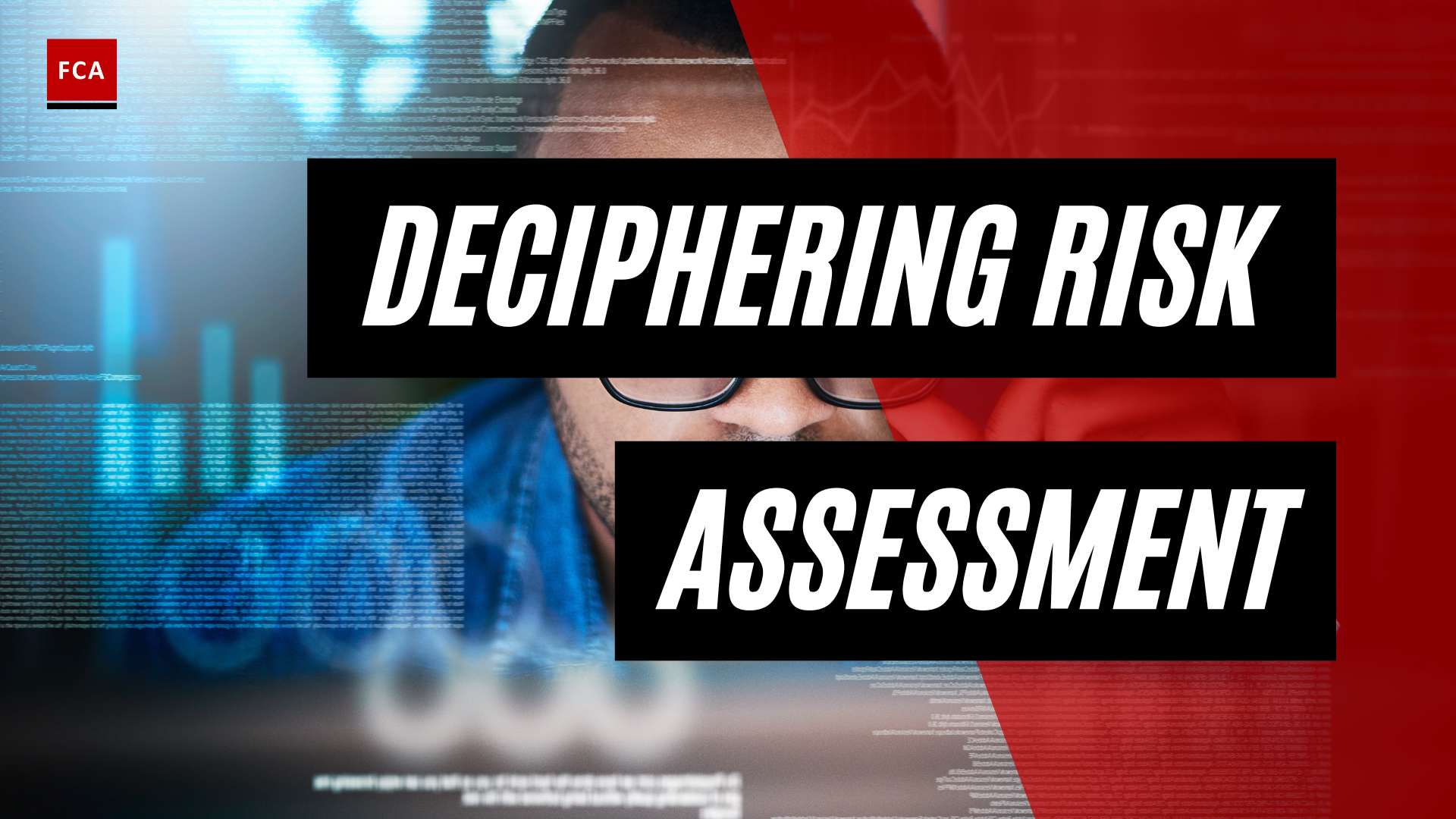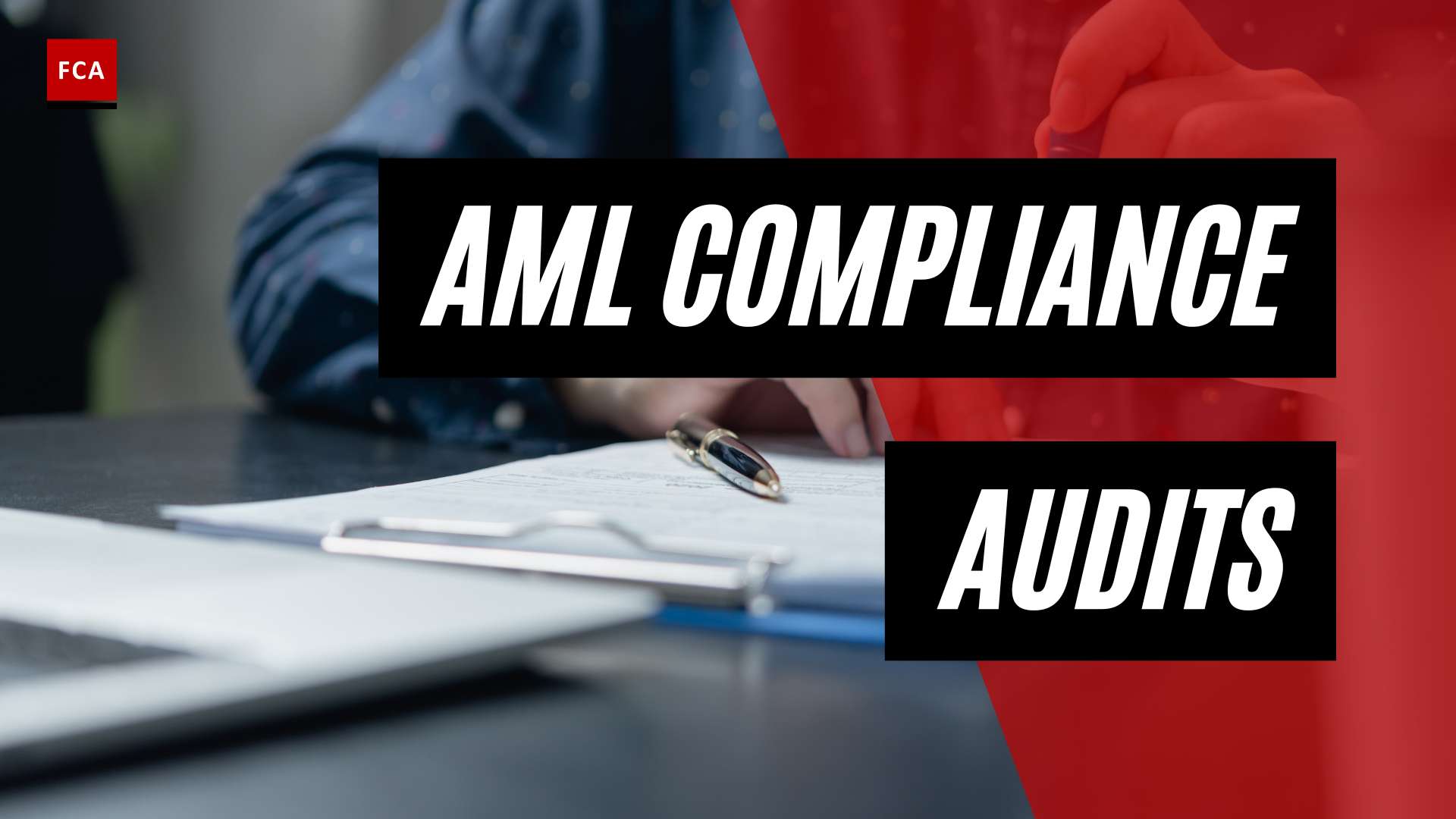Understanding AML Red Flags
In the realm of financial compliance, understanding Anti-Money Laundering (AML) is crucial. A key part of this understanding revolves around the concept of AML red flags.
Definition of AML Red Flags
AML red flags are common warning signs that alert firms and law enforcement to potentially suspicious transactions that may involve money laundering (ComplyAdvantage). These red flags can take various forms, such as secretive new clients, unusual transactions, unusual sources of funds, transactions with unusual features, and geographic concerns.
The presence of a red flag, although not definitive proof of criminal activity, should prompt closer scrutiny to determine if the activity is indeed suspicious or lacks a reasonable business or legal purpose (BSA/AML Manual).
Importance of Detecting AML Red Flags
Detecting AML red flags plays a vital role in the fight against financial crime. It helps in identifying potentially suspicious activities at an early stage, allowing firms and law enforcement agencies to intervene and prevent the occurrence of money laundering or terrorist financing.
Regulatory bodies such as the Financial Action Task Force (FATF) and the Financial Crimes Enforcement Network (FinCEN) provide guidance for financial institutions in detecting these red flags. For instance, the FATF provides examples of potentially suspicious activities, including activity inconsistent with the customer’s business, funds transfers, and other transactions that appear unusual or suspicious.
Detecting these red flags is not only crucial for maintaining compliance with AML regulations but also for protecting the integrity of the financial system. By identifying and reporting suspicious activities, firms can play their part in preventing the misuse of financial systems for illicit purposes.
Understanding and identifying AML red flags forms the cornerstone of effective AML compliance and is a crucial part of AML training for professionals working in compliance, risk management, and anti-financial crime roles. By staying vigilant for these red flags, firms can ensure they are doing their part in the global fight against money laundering.
Common AML Red Flags
Detecting and understanding anti-money laundering (AML) red flags is crucial for professionals working in compliance and risk management. These red flags are suspicious patterns or anomalies that could indicate potential money laundering activities. Here, we discuss three common AML red flags: secretive new clients, unusual transactions, and questionable sources of funds.
Secretive New Clients
One of the common AML red flags involves the behavior of clients, especially new ones. Secretive new clients who avoid personal contact can be a potential red flag for anti-money laundering activities. If a customer refuses to provide personal information or has criminal associations, it may raise suspicions of money laundering. This behavior is inconsistent with the standard procedure of client onboarding and poses a significant risk to organizations. Professionals should have thorough AML training to identify such cases and take appropriate action.
Unusual Transactions
Unusual transactions, such as large cash payments, unexplained payments from third parties, or the use of multiple or foreign accounts, are considered red flags for AML activities, as they are inconsistent with expected behavior. Such transactions deviate from the normal patterns and need to be thoroughly analyzed as part of the AML process to ensure they do not facilitate money laundering.
Questionable Source of Funds
Transactions involving large cash amounts, private funding, or complex crypto assets can indicate money laundering. Identifying the source of funds in these transactions can be challenging. When the source of funds in a transaction is unclear or suspicious, it can be a significant AML red flag. For example, funds originating from Politically Exposed Persons (PEPs), including those in high positions vulnerable to corruption, can pose a higher risk of money laundering. PEPs may include heads of state, senior politicians, government officials, and senior executives of state-owned corporations.
Furthermore, ultimate beneficial ownership that is unclear due to complex ownership structures or the use of shell companies could be an attempt to disguise criminal activities and conduct financial crime (ComplyAdvantage). Understanding these red flags is crucial to maintaining robust AML compliance and mitigating the risks associated with money laundering.
In conclusion, these are just a few of the many AML red flags that professionals need to be aware of. By being able to recognize these signs and carrying out thorough AML investigations, organizations can be more effective in their fight against money laundering.
AML Red Flags and the Finance Sector
The finance sector, due to its integral role in the global economy, is often a target for money laundering activities. Recognizing potential ‘aml red flags’ is crucial for compliance officers and risk management professionals within this sector. Let’s explore some key red flags that may suggest money laundering activities.
Large or Inconsistent Deposits
A sudden change in deposit patterns may be indicative of illicit activities. This could include an unusual increase in cash deposits or a significant number of large deposits. These activities should raise AML red flags in the finance sector. Such irregularities can be indicative of attempts to mask the origins of illicit funds or integrate them into the legitimate financial system (Shufti Pro).
Transaction patterns that lack clear business purposes, especially those involving round-figure amounts or frequent changes in transaction amounts, are also suspicious. Personal transfers that seem to serve no legitimate purpose can be a cause for concern.
Transactions Involving High-Risk Countries
Transfers or deposits made to and from high-risk countries, or by high-profile individuals, can signal potential money laundering activities. These transactions constitute AML red flags in the finance sector (Shufti Pro). High-risk countries typically have weak or insufficient AML regulations and oversight, which can make them attractive to money launderers.
Inconsistencies in Customer Profiles
Customer behavior that is inconsistent with their known financial profile can be another red flag. This could include a sudden surge in transaction volume or value. Any such irregularities should be flagged for further scrutiny as part of a rigorous aml compliance process.
Moreover, instances where there is reluctance or refusal to provide adequate information about the source of funds, the purpose of transactions, or beneficiary details can be indicative of money laundering. This can serve as a red flag, warranting immediate attention and potentially an aml investigation.
By being vigilant about these potential red flags, professionals in the finance sector can play a crucial role in combating money laundering. Regular aml training can ensure that staff are up-to-date with the latest trends and tactics used by money launderers, and are equipped to identify and respond to potential AML red flags.
Responding to AML Red Flags
In the realm of Anti-Money Laundering (AML), identifying red flags is just the first step. Once potential issues are flagged, the next critical phase involves carrying out investigations, reporting suspicious activities, and ensuring ongoing monitoring for AML compliance.
Investigation of Suspicious Activities
The presence of an AML red flag, although not definitive proof of criminal activity, should prompt closer scrutiny to determine if the activity is indeed suspicious or lacks a reasonable business or legal purpose. This could involve looking into suspicious personal information, such as clients with convictions for acquisitive crime or connections to criminals.
Furthermore, the source of funds is another significant area to probe. Funds from unknown or unverifiable sources are a common AML red flag.
Reporting AML Red Flags
Detecting potential AML red flags is not enough; organizations must also report these suspicions. According to the BSA/AML Manual, management’s focus should be on reporting suspicious activities rather than verifying if transactions are directly associated with money laundering, terrorist financing, or specific crimes.
In the US, for example, banks are required to submit a Suspicious Activity Report (SAR) to the Financial Crimes Enforcement Network (FinCEN). FinCEN requests that banks mark the appropriate box(es) in the Suspicious Activity Information section and include specific key terms in the narrative section of the SAR to aid law enforcement efforts in targeting money laundering, terrorist financing, and fraud activities (BSA/AML Manual).
Ongoing Monitoring for AML Compliance
Once a suspicious activity has been investigated and reported, the process doesn’t stop there. Ongoing monitoring is a crucial component of an effective AML program. Automated tools can be of significant help here. For instance, KYC-Chain’s Ongoing Monitoring can help regulated businesses track and identify unusual transaction patterns effectively.
Such tools are designed to continually scan and analyze transactions, flagging any that exhibit signs of potential money laundering. By doing so, they allow businesses to spot and respond to AML red flags in real-time, a significant advantage over manual systems that might not catch these issues until it’s too late.
In conclusion, while identifying AML red flags is crucial, it’s equally important to follow the right steps after detection. By effectively investigating, reporting, and monitoring suspicious activities, businesses can ensure they are fulfilling their obligations under AML regulations and contributing to the global fight against financial crime. This is a vital part of any AML policy and should be reinforced through regular AML training.
AML Red Flags and Regulatory Bodies
Regulatory bodies play a crucial role in setting the standards for detecting and responding to AML red flags. In this context, the guidance provided by the Financial Action Task Force (FATF) and the Financial Crimes Enforcement Network (FinCEN) holds significant value.
FATF’s Guidance on AML Red Flags
The FATF, an intergovernmental body focused on combating money laundering and terrorist financing at national and international levels, provides comprehensive guidance for financial institutions. The FATF’s guidance includes examples of potentially suspicious activities, such as activity inconsistent with the customer’s business, funds transfers, and other transactions that appear unusual or suspicious (BSA/AML Manual).
In the context of AML red flags, the FATF emphasizes the need for financial institutions to exercise due diligence and observe any activities that deviate from the norm. These deviations, although not definitive proof of criminal activity, should prompt closer scrutiny to determine if the activity is indeed suspicious or lacks a reasonable business or legal purpose. This approach aligns with the core principles of AML compliance and the AML process as a whole.
FinCEN’s Approach to AML Red Flags
The Financial Crimes Enforcement Network (FinCEN) also plays a pivotal role in defining the approach towards AML red flags. FinCEN issues advisories containing examples of “red flags” to assist banks and examiners in recognizing potential money laundering and terrorist financing schemes (BSA/AML Manual).
In the context of reporting suspicious activities, FinCEN requests that banks mark the appropriate box(es) in the Suspicious Activity Information section and include specific key terms in the narrative section of a Suspicious Activity Report (SAR). This helps aid law enforcement efforts in targeting money laundering, terrorist financing, and fraud activities.
Like the FATF, FinCEN emphasizes that the presence of a red flag, although not conclusive, should trigger closer scrutiny. This is a fundamental aspect of AML investigation and plays a vital role in maintaining robust AML transaction monitoring systems.
In conclusion, the guidance from both the FATF and FinCEN plays a significant role in shaping the industry’s approach to detecting and responding to AML red flags. It is crucial for financial institutions to stay abreast of these guidelines and integrate them into their AML policies and procedures to ensure effective compliance with AML regulations.
AML Red Flags and Technology
In a world increasingly driven by technology, anti-money laundering (AML) efforts are no exception. Modern technologies offer innovative solutions to identify and respond to AML red flags, transforming the landscape of risk management and compliance.
Role of Automated Tools in Detecting Red Flags
Automated tools play a significant role in the detection of AML red flags. These tools can help regulated businesses by tracking and identifying unusual transaction patterns effectively. For instance, suspicious sources of funds and unusual transactions are major red flags for AML. Automated tools like KYC-Chain’s Ongoing Monitoring can help highlight these anomalies in a timely and efficient manner.
Automated tools are especially effective in identifying patterns that may be difficult for a human analyst to discern. For example, a sudden change in deposit patterns, an unusual increase in cash deposits, or a significant number of large deposits should raise AML red flags in the finance sector. Automated tools can quickly spot these changes and flag them for further investigation.
Use of Ongoing Monitoring Tools in AML Compliance
Ongoing monitoring tools are another key technological aid in AML compliance. These tools allow for continuous oversight of customer transactions and behaviors, helping to identify any activities that deviate from established norms.
For instance, transactions that are inconsistent with the customer’s known financial profile, like a sudden surge in transaction volume or value, should be flagged as AML red flags. Ongoing monitoring tools can help detect these inconsistencies and alert compliance officers in real-time.
Similarly, transfers or deposits made to and from high-risk countries or by high-profile individuals can signal potential money laundering activities. Ongoing monitoring tools can help flag these transactions and initiate an AML investigation when necessary.
The use of these technologies not only enhances the efficiency of AML compliance efforts but also helps in maintaining a robust AML policy and meeting AML regulations. By leveraging automated and ongoing monitoring tools, businesses can better equip themselves to identify and address AML red flags, contributing to a safer and more compliant financial environment. For more information on using technology in AML efforts, be sure to visit our AML training resources.









